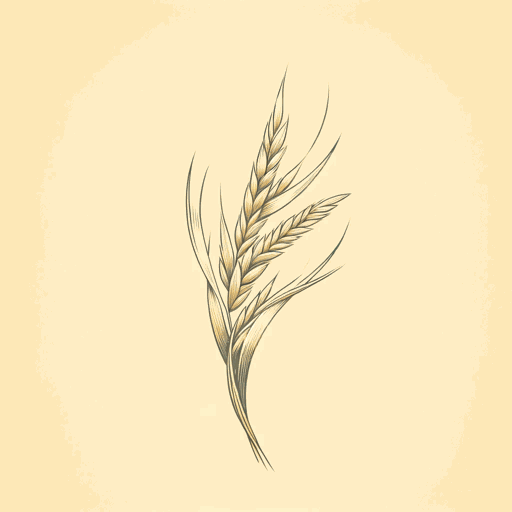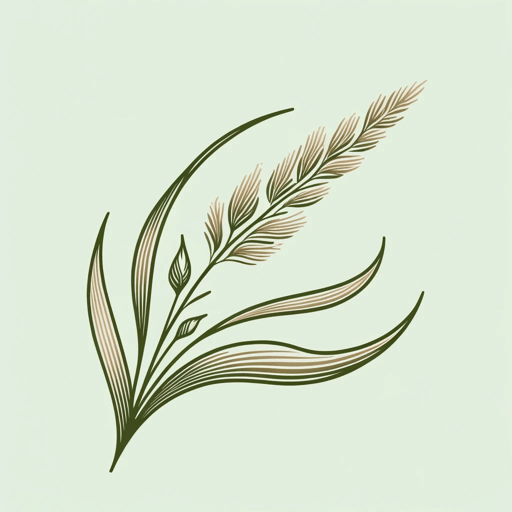95 pages • 3 hours read
Robin Wall KimmererBraiding Sweetgrass: Indigenous Wisdom, Scientific Knowledge, and the Teachings of Plants
Nonfiction | Book | Adult | Published in 2013A modern alternative to SparkNotes and CliffsNotes, SuperSummary offers high-quality Study Guides with detailed chapter summaries and analysis of major themes, characters, and more. For select classroom titles, we also provide Teaching Guides with discussion and quiz questions to prompt student engagement.
Exam Answer Key
Multiple Choice
1. C (Various chapters)
2. C (Various chapters)
3. B (Various chapters)
4. A (Various chapters)
5. D (Various chapters)
6. A (Various chapters)
7. C (Various chapters)
8. B (Various chapters)
9. D (Various chapters)
10. A (Various chapters)
11. B (Various chapters)
12. C (Various chapters)
13. A (Various chapters)
14. D (Chapters 14 and 18)
15. B (Various chapters)
Long Answer
1. Kimmerer uses sweetgrass to convey the importance of Native cultural knowledge and to suggest that preserving that knowledge despite the historical forces that threaten it will allow the world to “harvest” the knowledge when it is most needed to stave off ecological disaster. (Various chapters)
2. As Kimmerer watches the rain in Chapter 25, she comments, “Perhaps we cannot know the river. But what about the drops?” She sees hope in the idea that people can study and implement small-scale solutions to the larger problems of environmental degradation and climate change, and Braiding Sweetgrass is her way of contributing to this process. (Various chapters)
Related Titles
By Robin Wall Kimmerer


